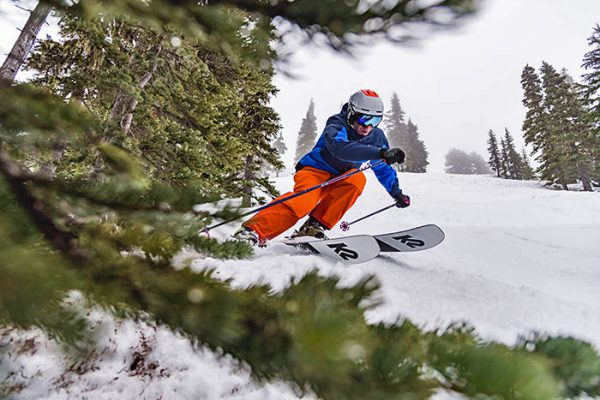How to buy a ski helmet
Seems like more but almost 80 per cent of us always wear a helmet on the slopes, according to a 2017 StatsCan survey. That’s spawned a lot of options for lids. Here’s our advice.

Style: Unless you’re bashing gates, go for a half-shell helmet, which protects to about the ear line and behind the head.
Liner: Unless you’re never warm enough, buy a helmet with a removable liner and ear covers, so you can lighten up on milder days.
Fit: We like custom-fit options like ratchets, pumps or dials, so we can layer—a Buff or thin toque on cold days and pull out the liner on warm days—and still have a good fit.
Goggle attachment: Freestyle rippers like the look of helmets that accommodate goggles underneath the lid. The rest of us will want some kind of retention strap for holding goggles onto the helmet when they’re not on our face.
Ventilation: You want some venting to help keep goggles from fogging. Adjustable venting is nice for regulating temperature.
Safety: Check the label, a good shop will carry only helmets that meet ASTM or CE safety certification. (No new winter sport helmet currently meets the higher SNELL standard.) Many head injuries involve rotational trauma, and that has led to the development of liners that “slide” inside the helmet shell on impact to help compensate and cushion. Examples: Bollé’s Instinct MIPS and POC’s SPIN or almost 20 models from Giro.
Features: Things like a visor, built-in speakers and POV camera mount are all available options worth investigating.



